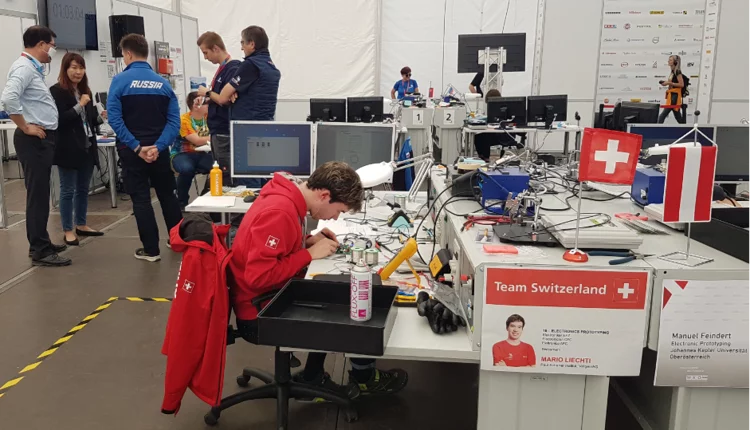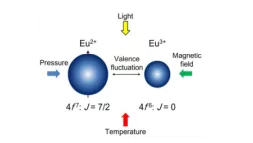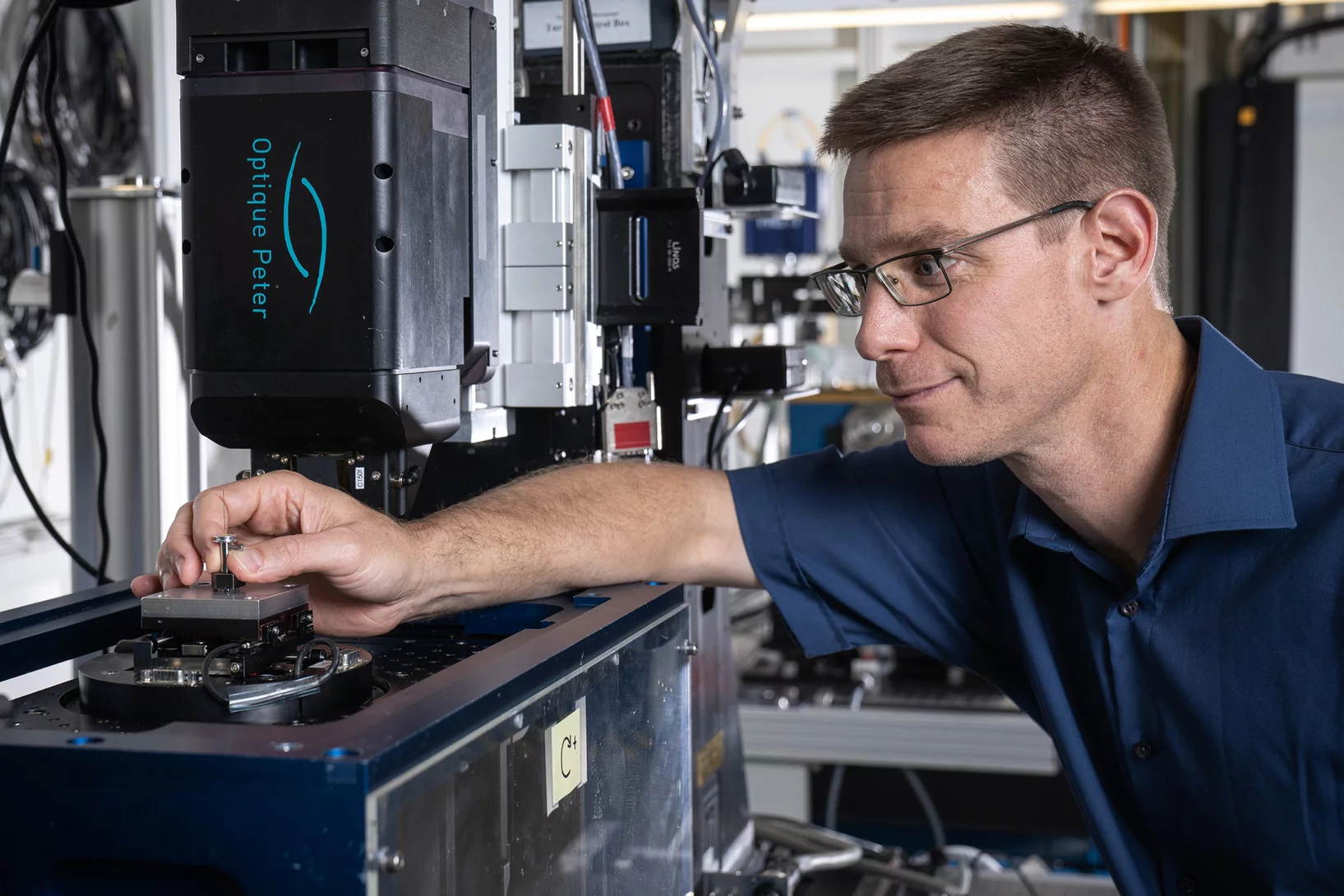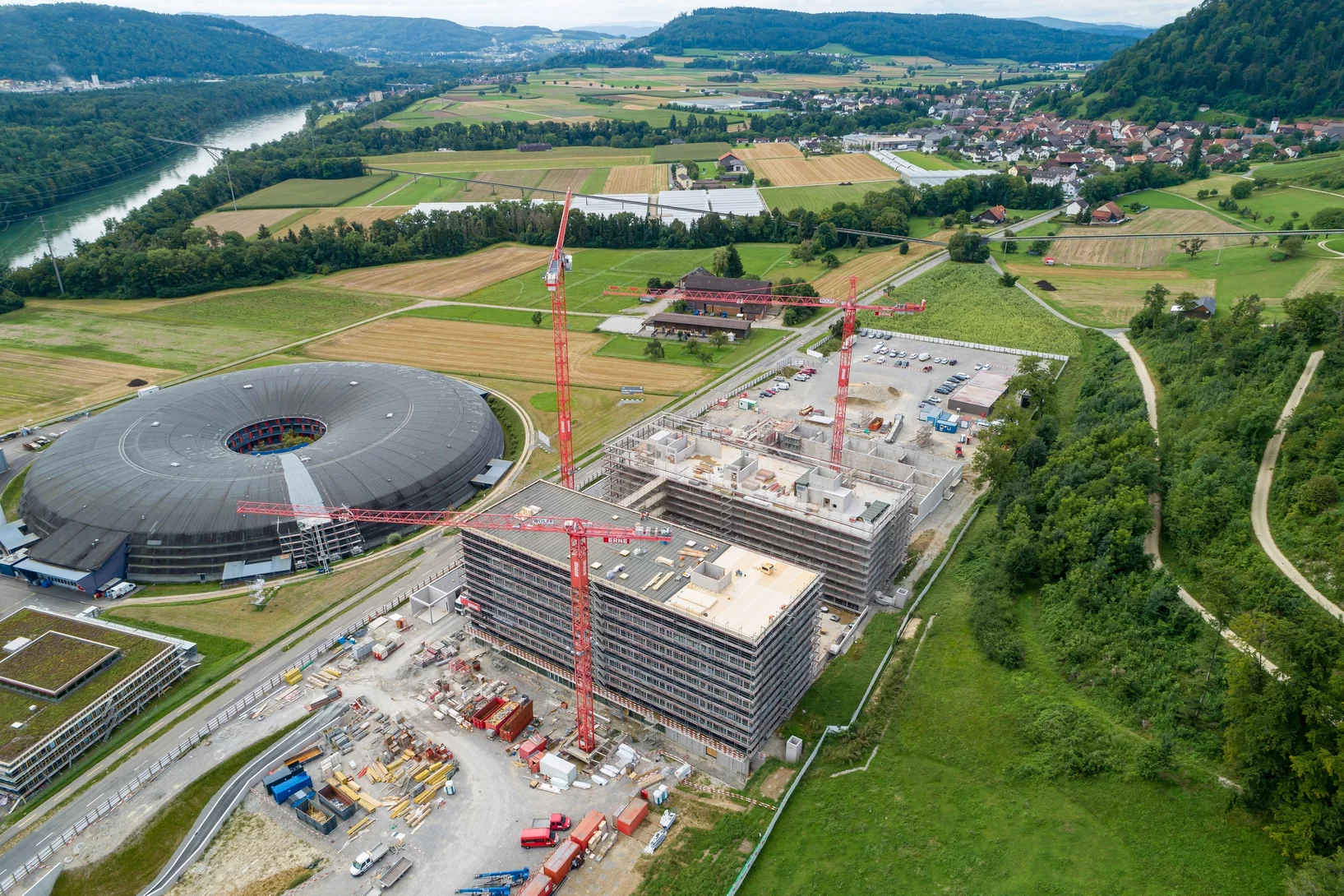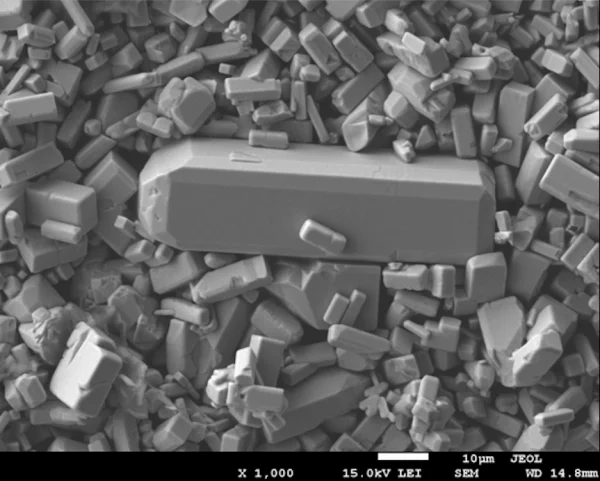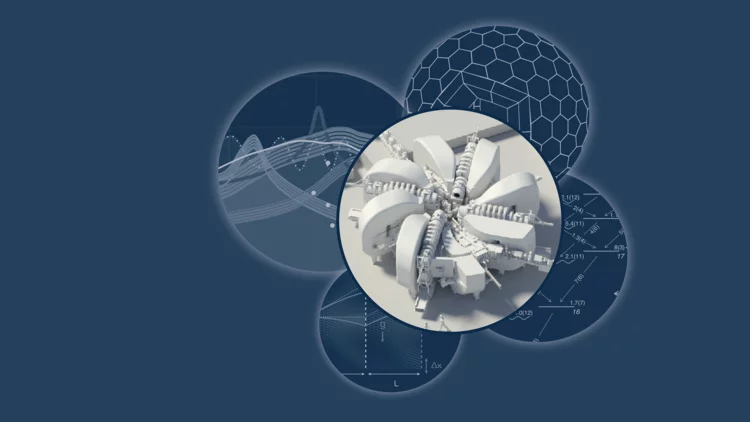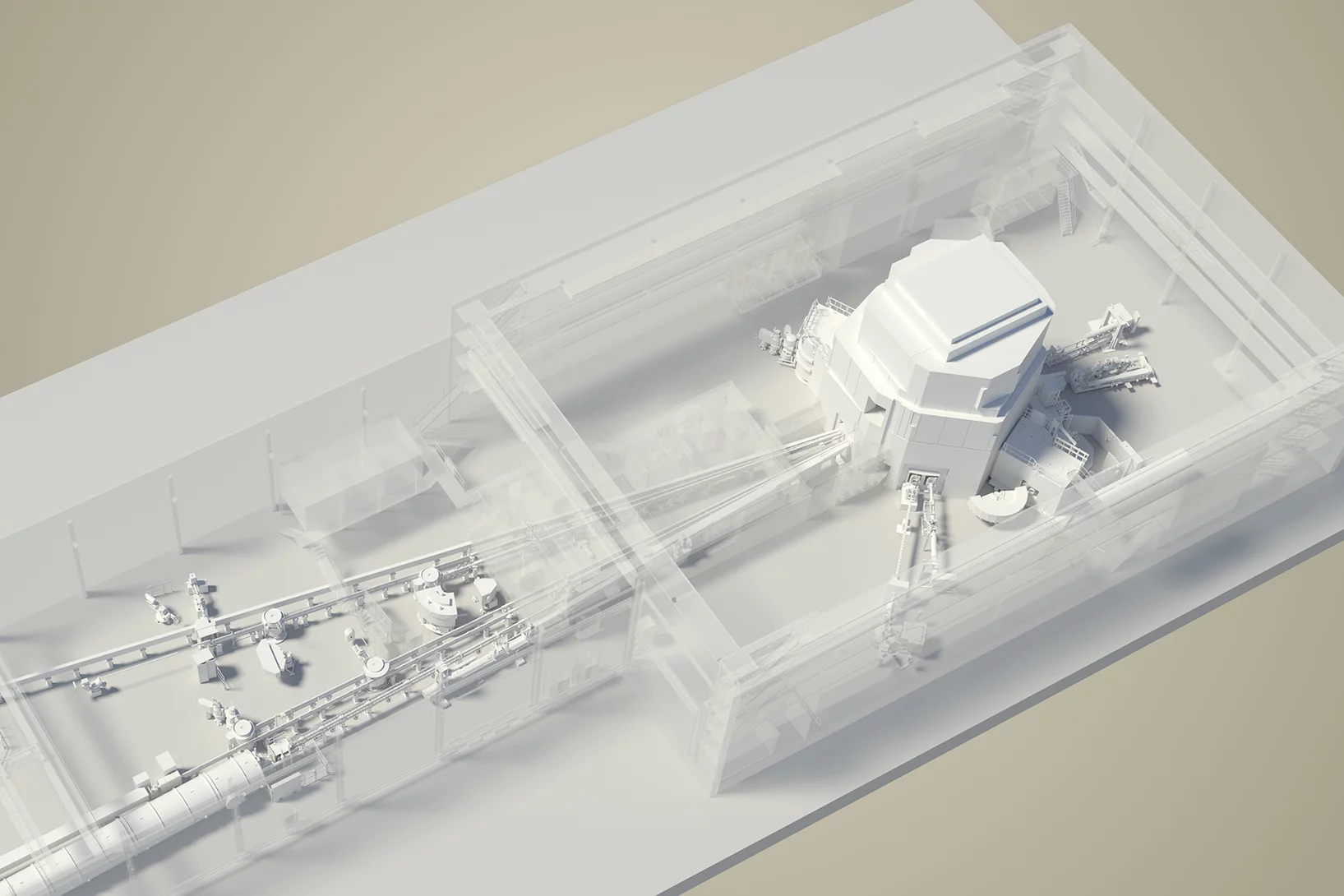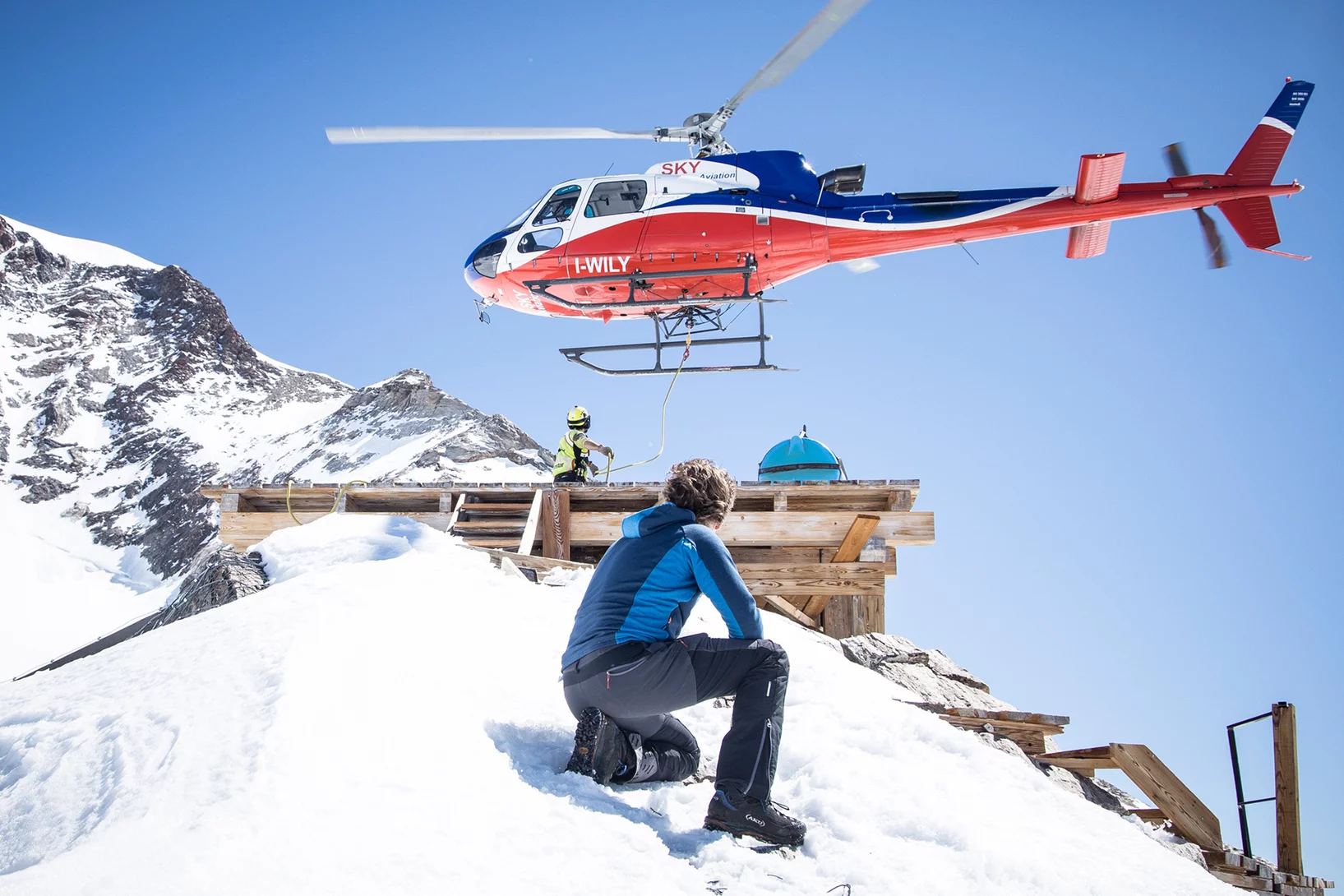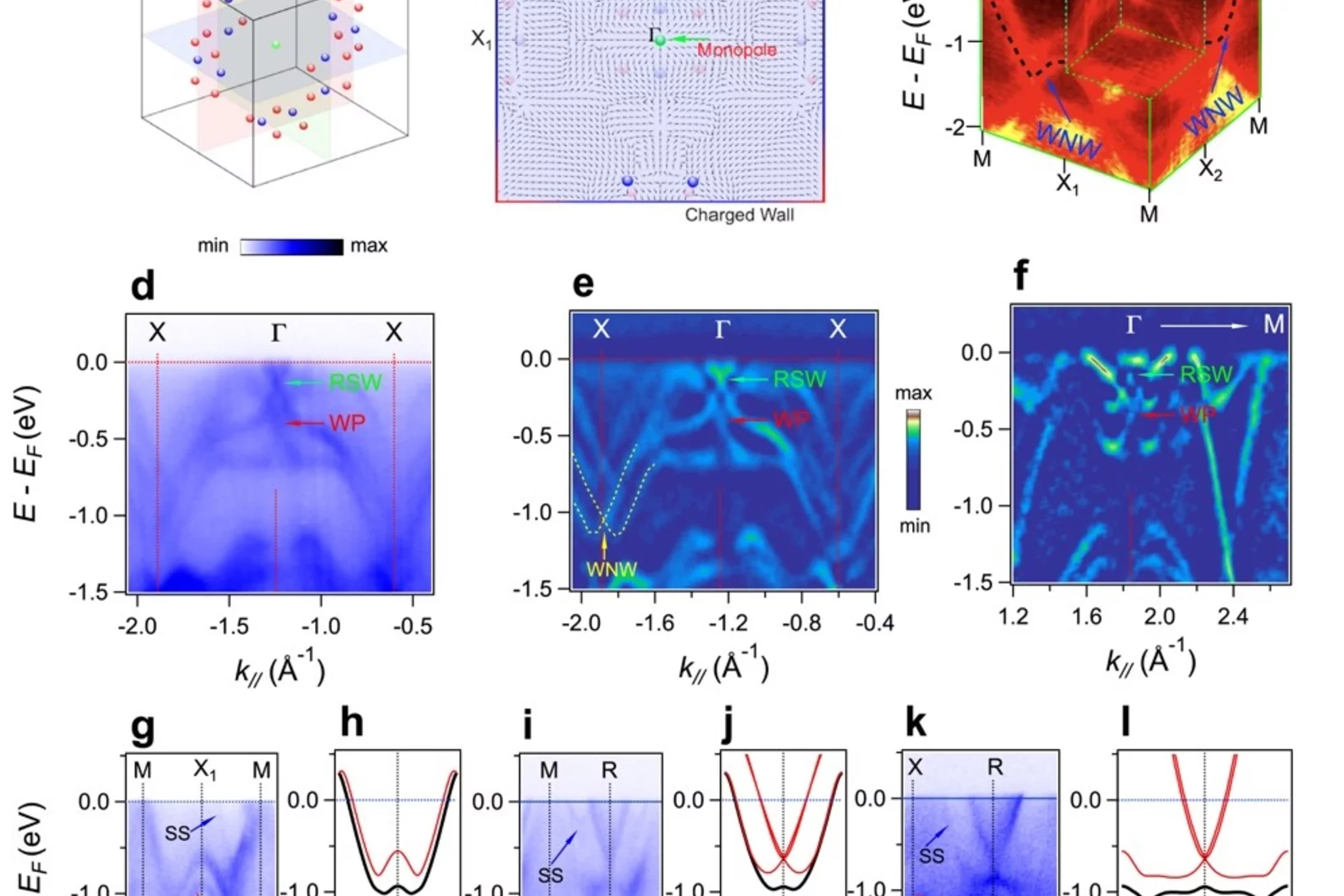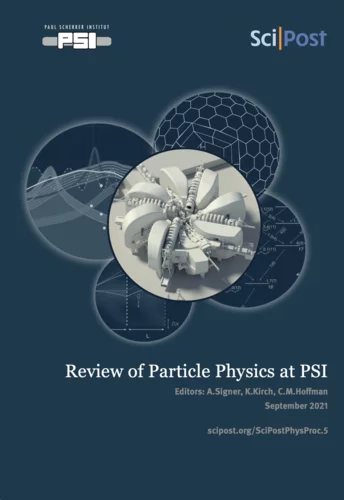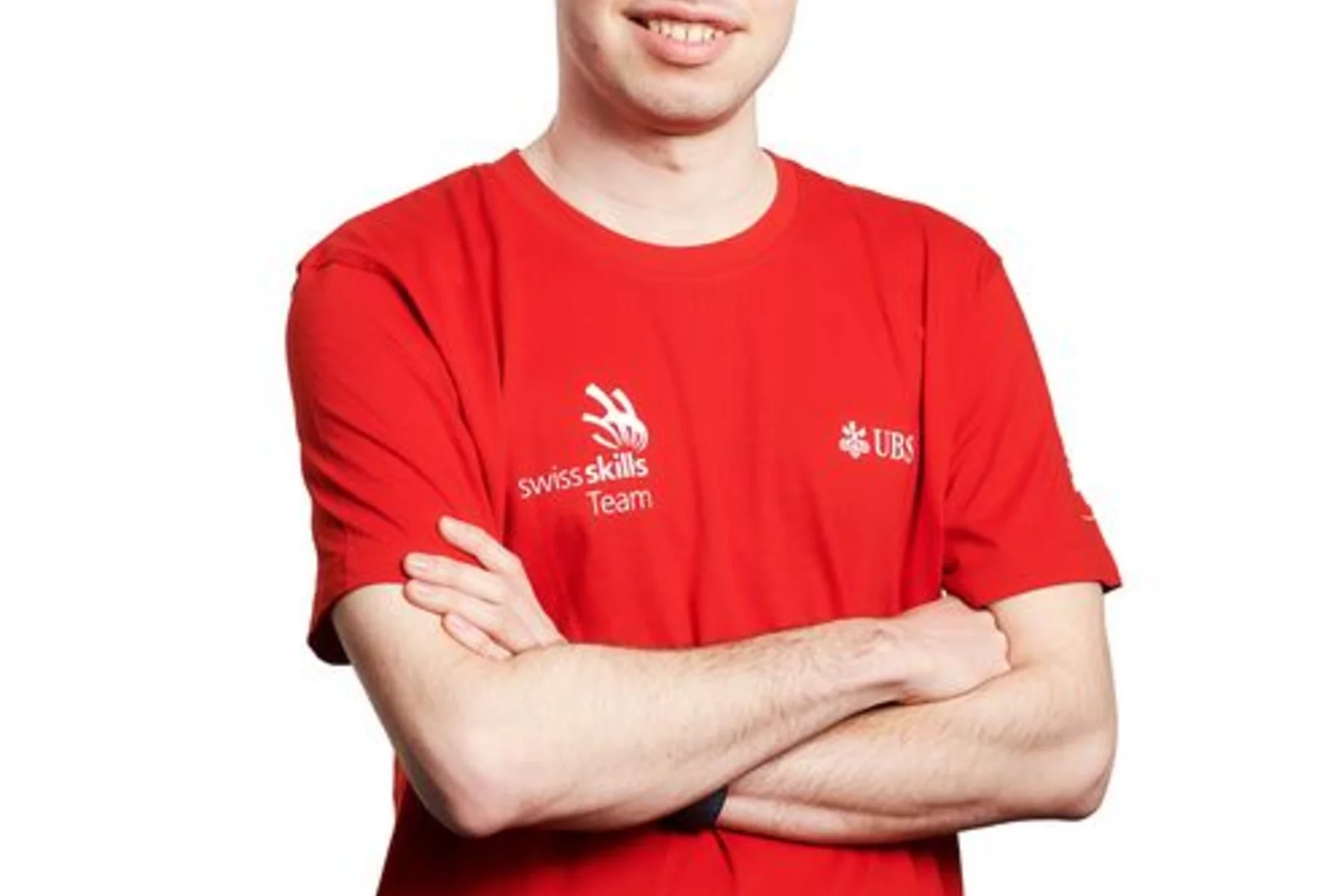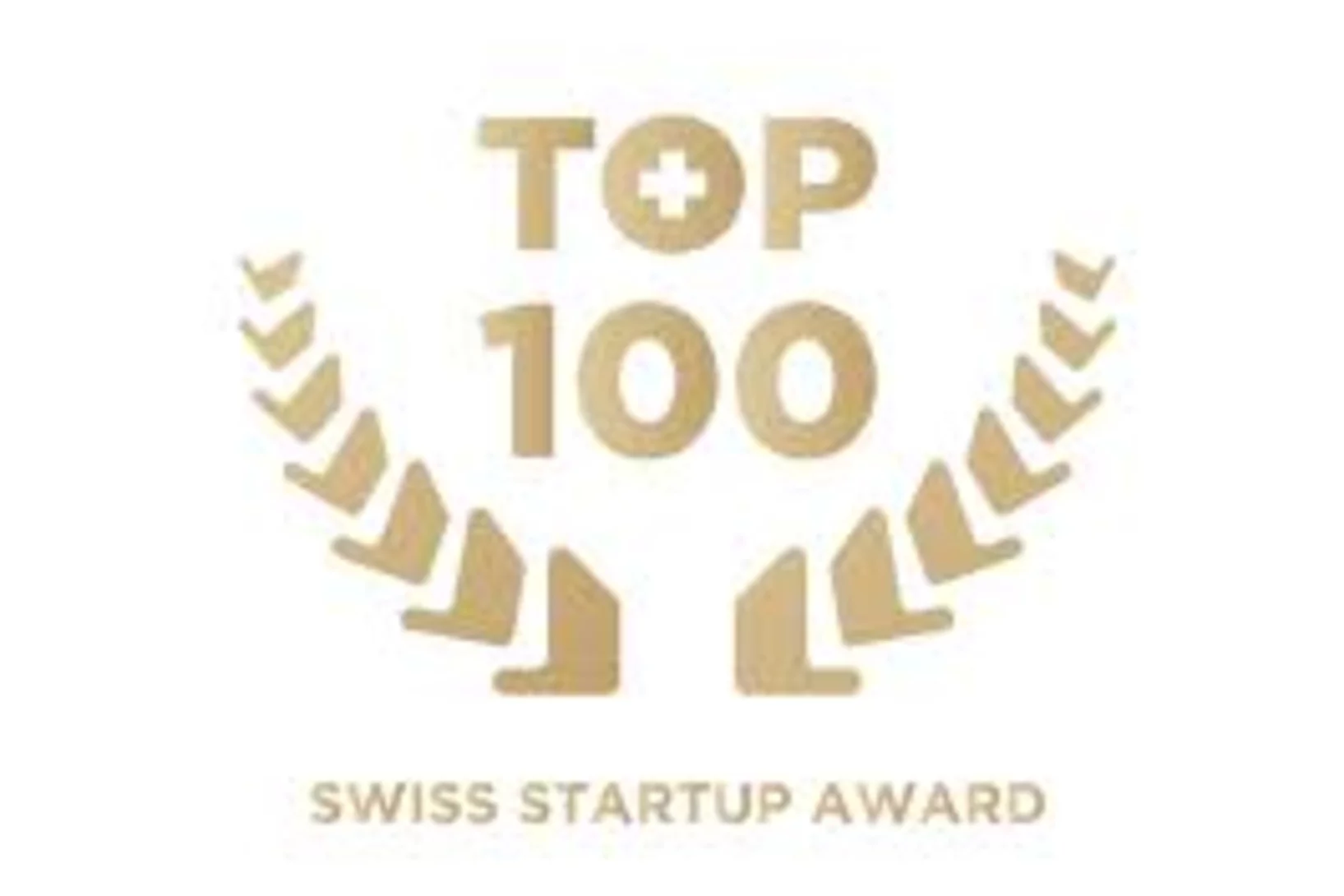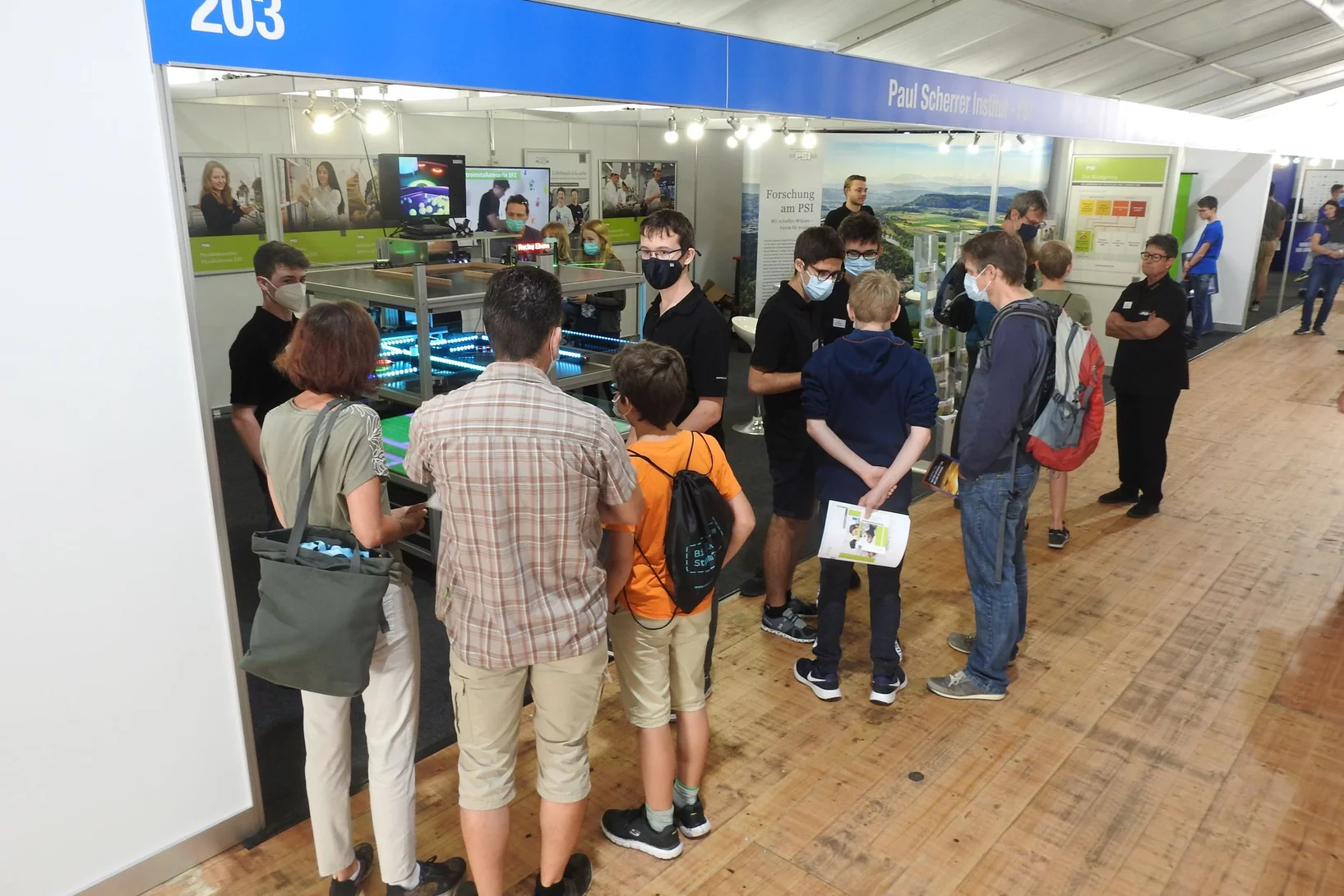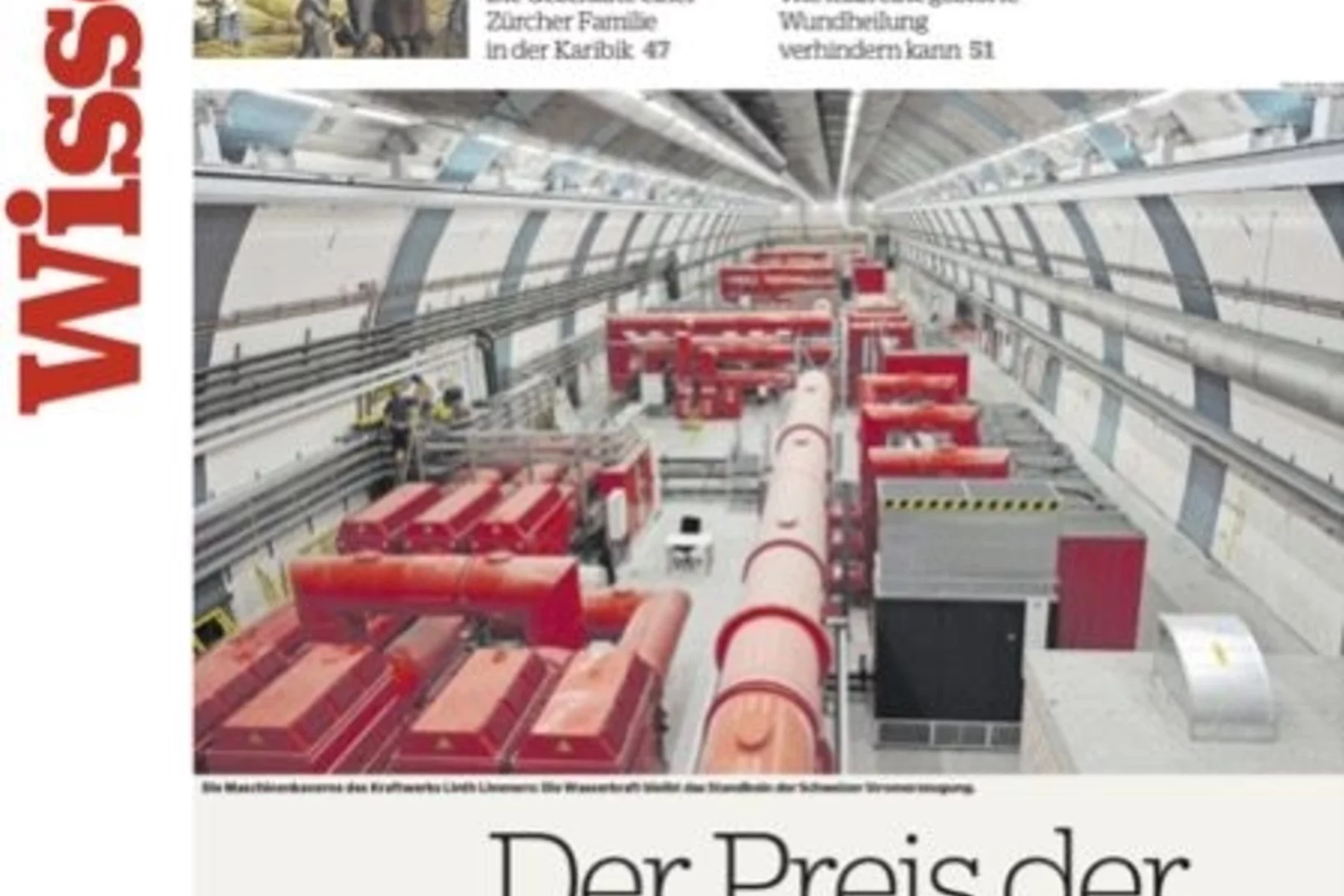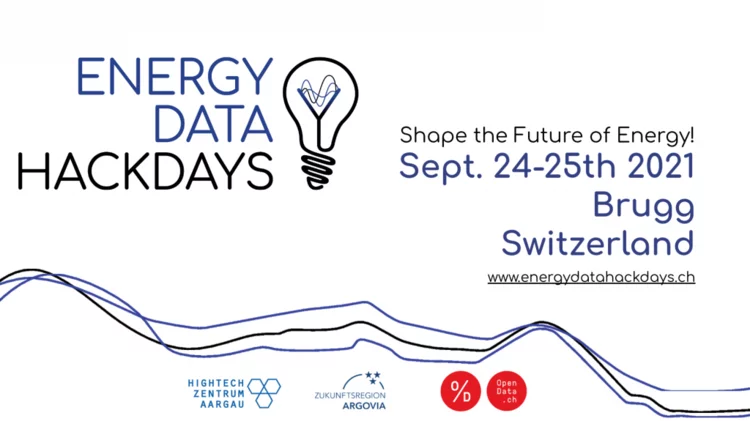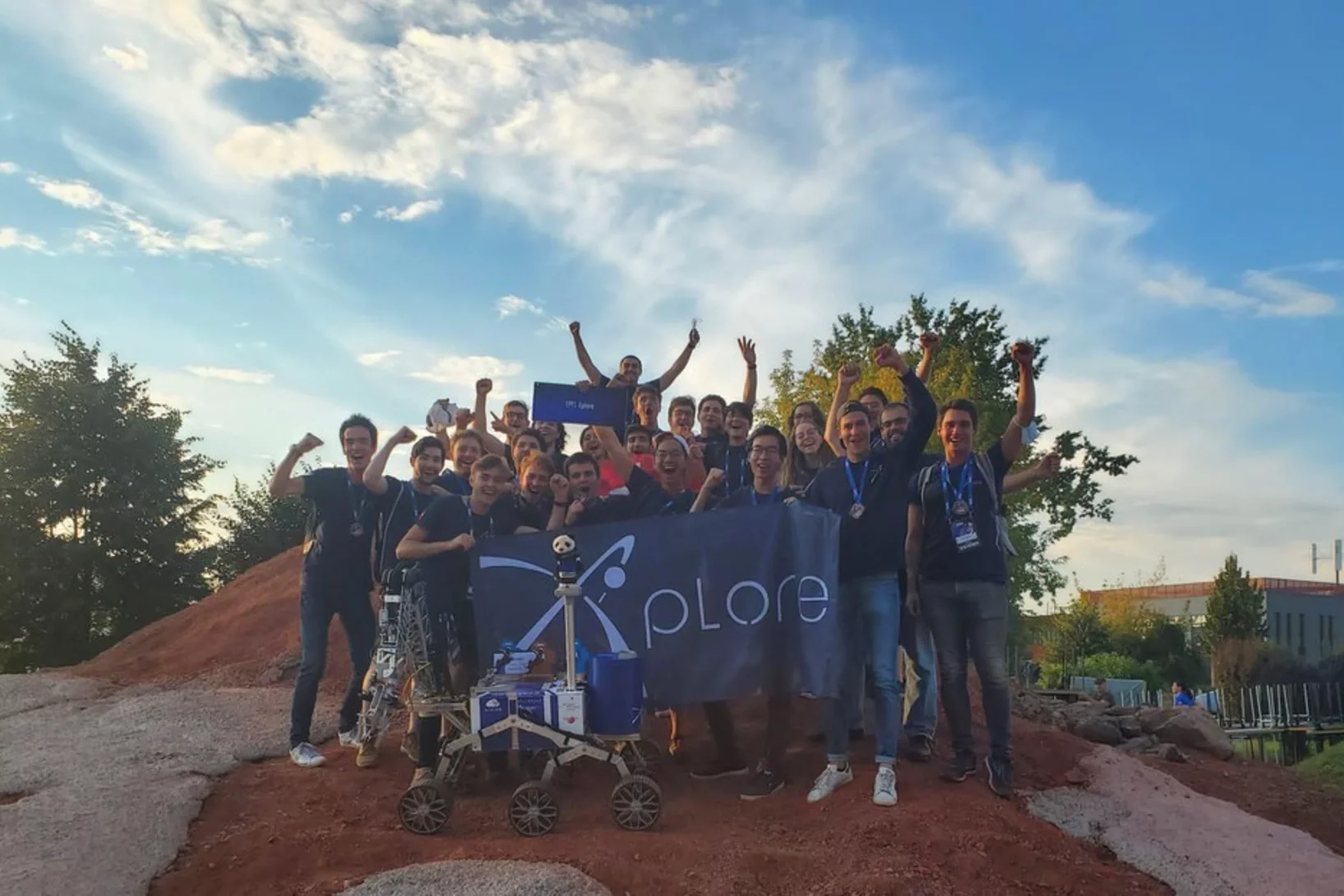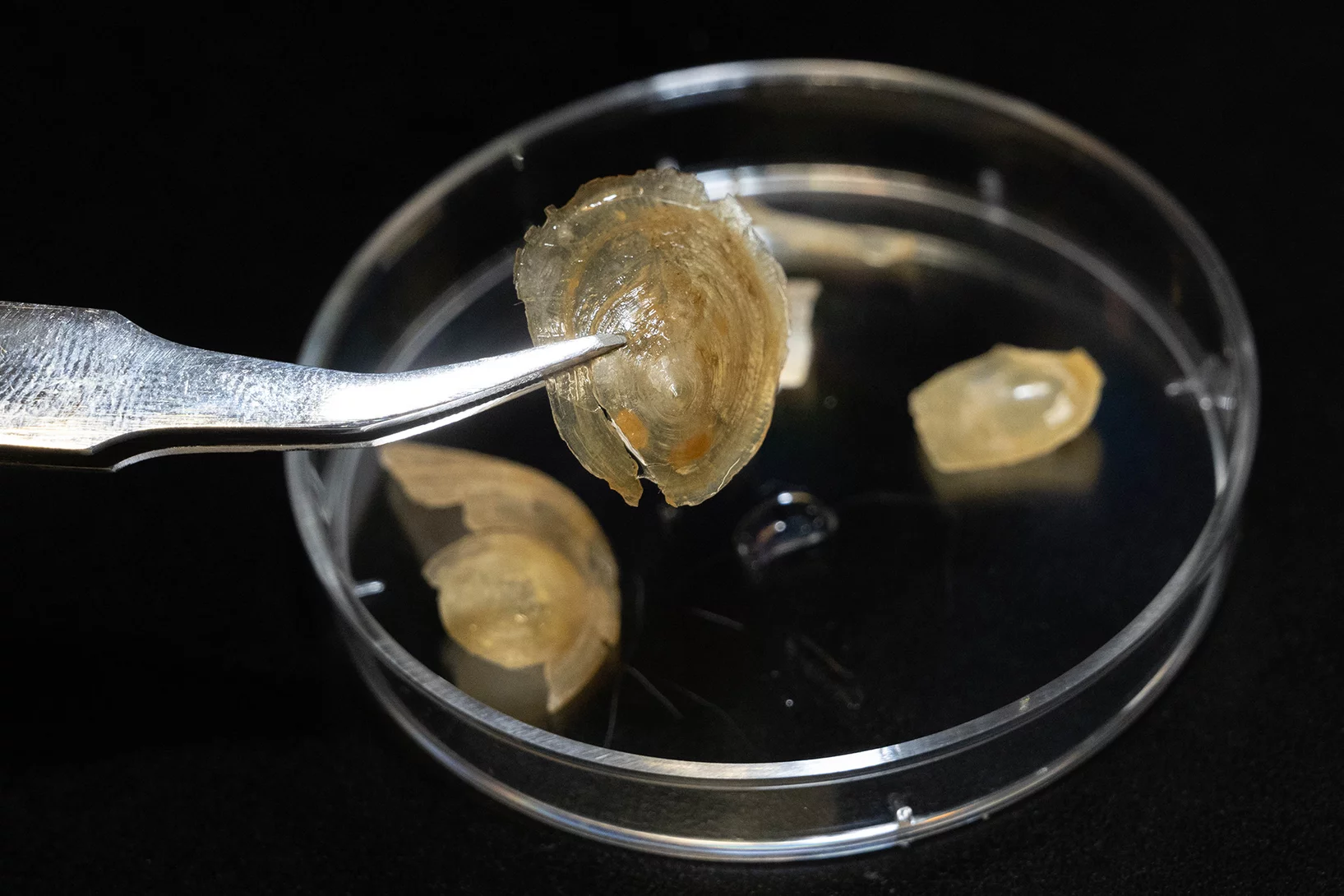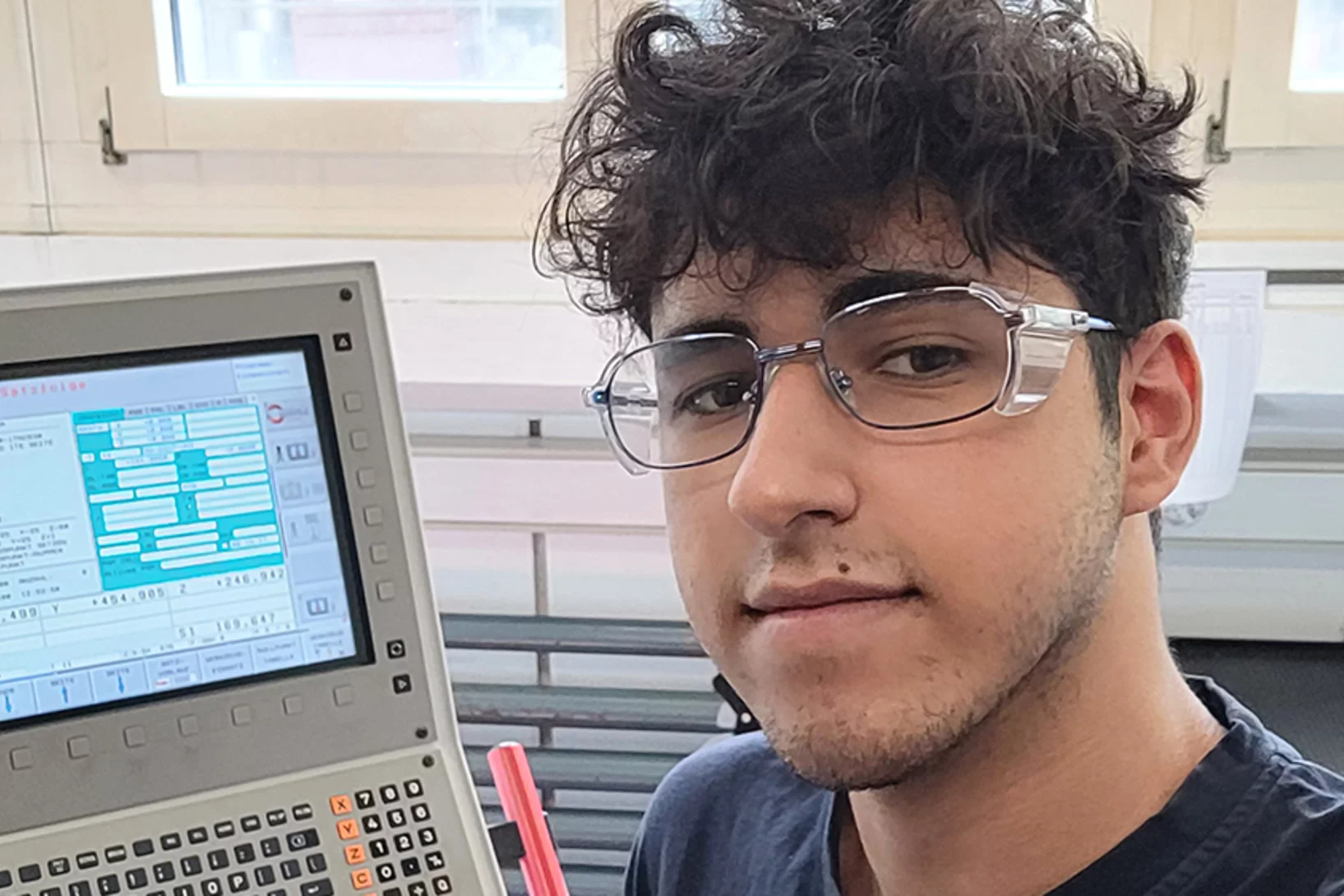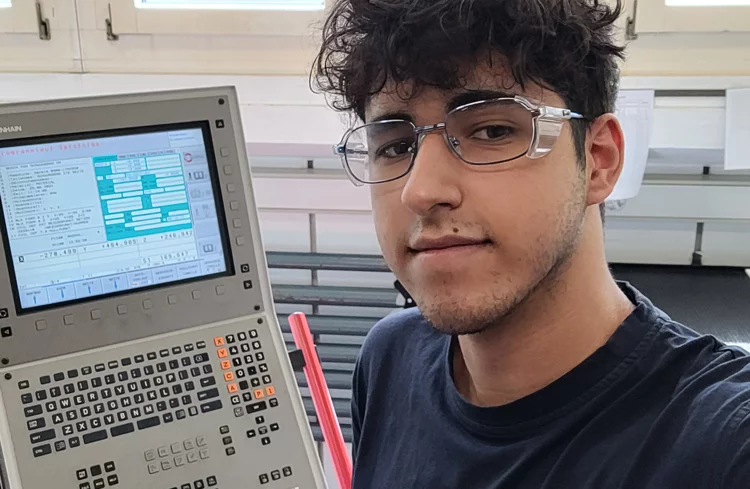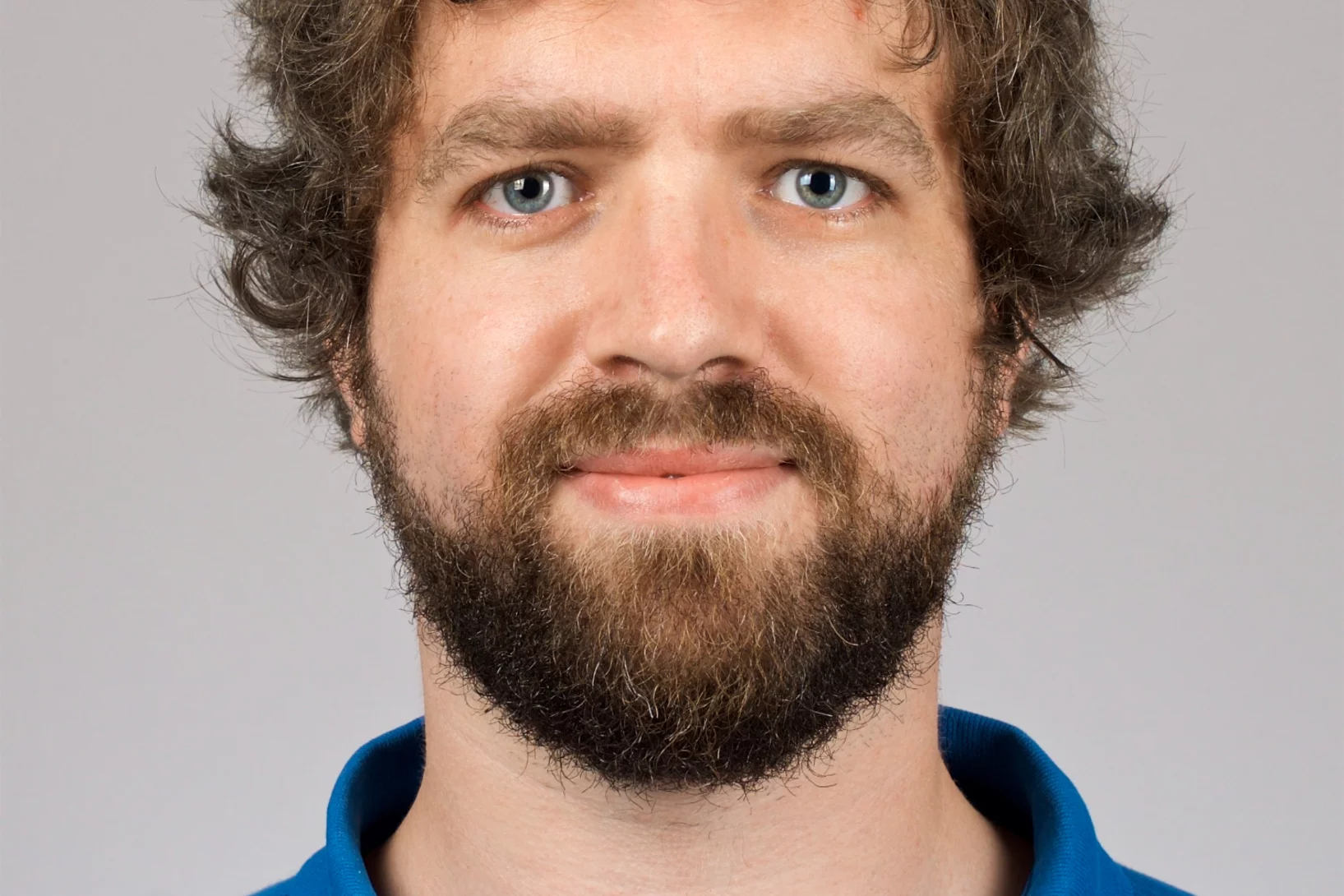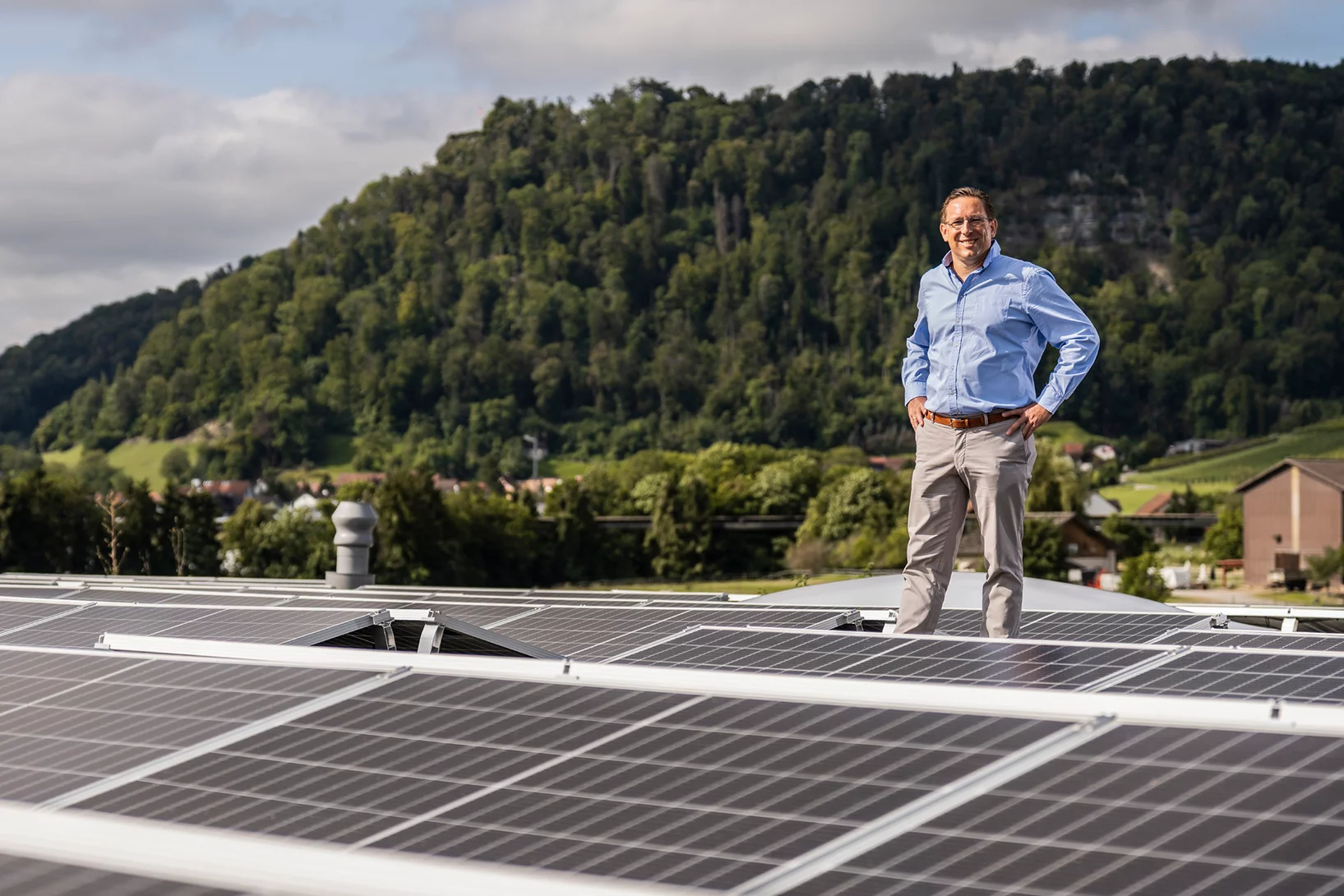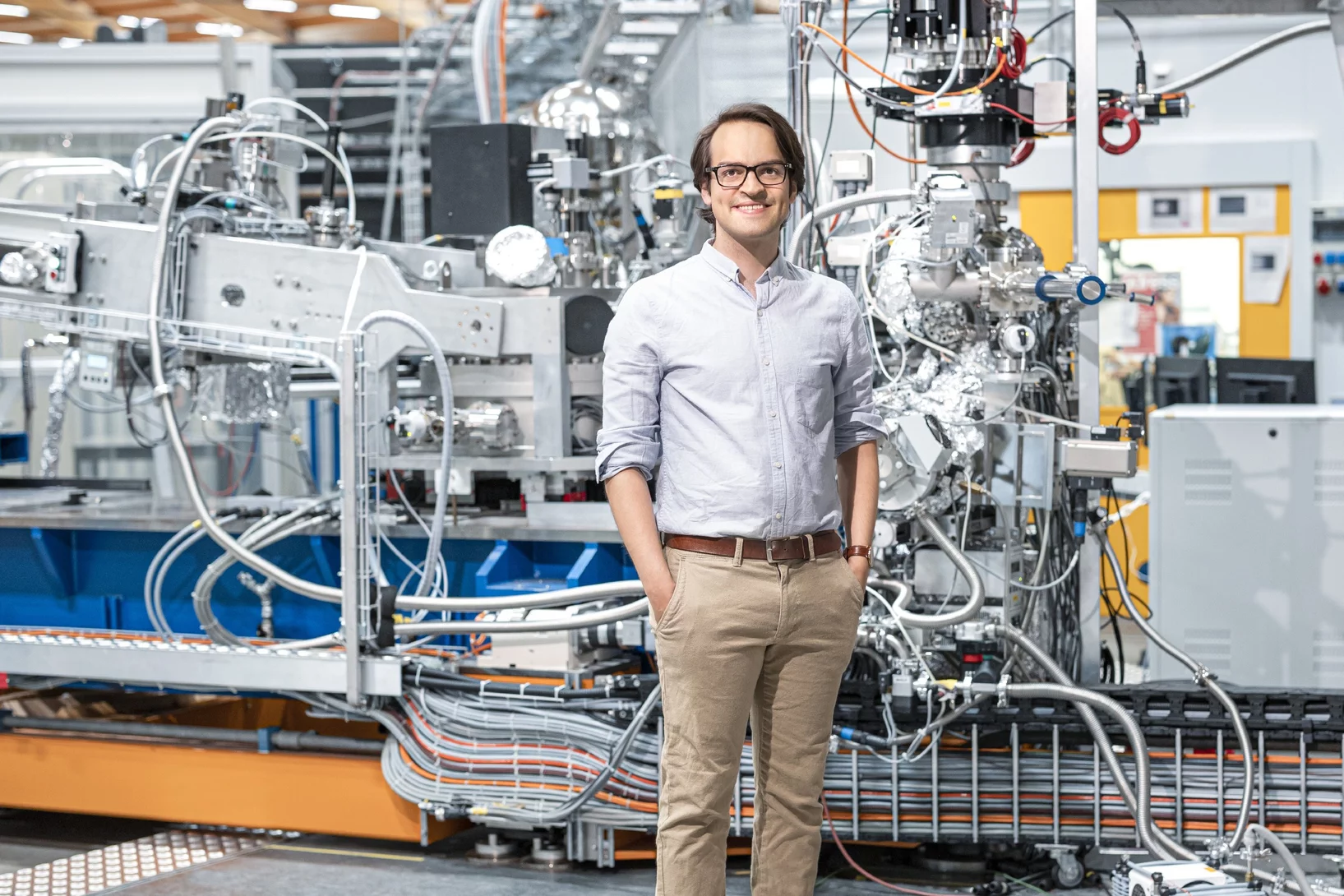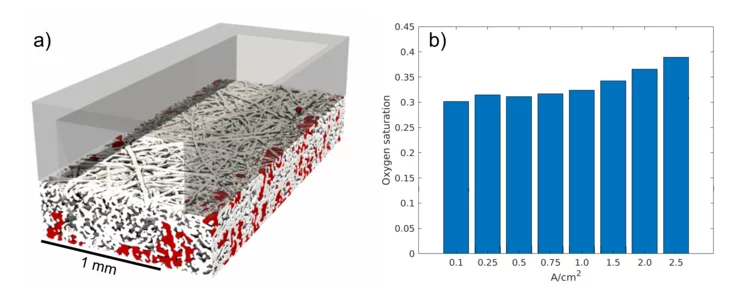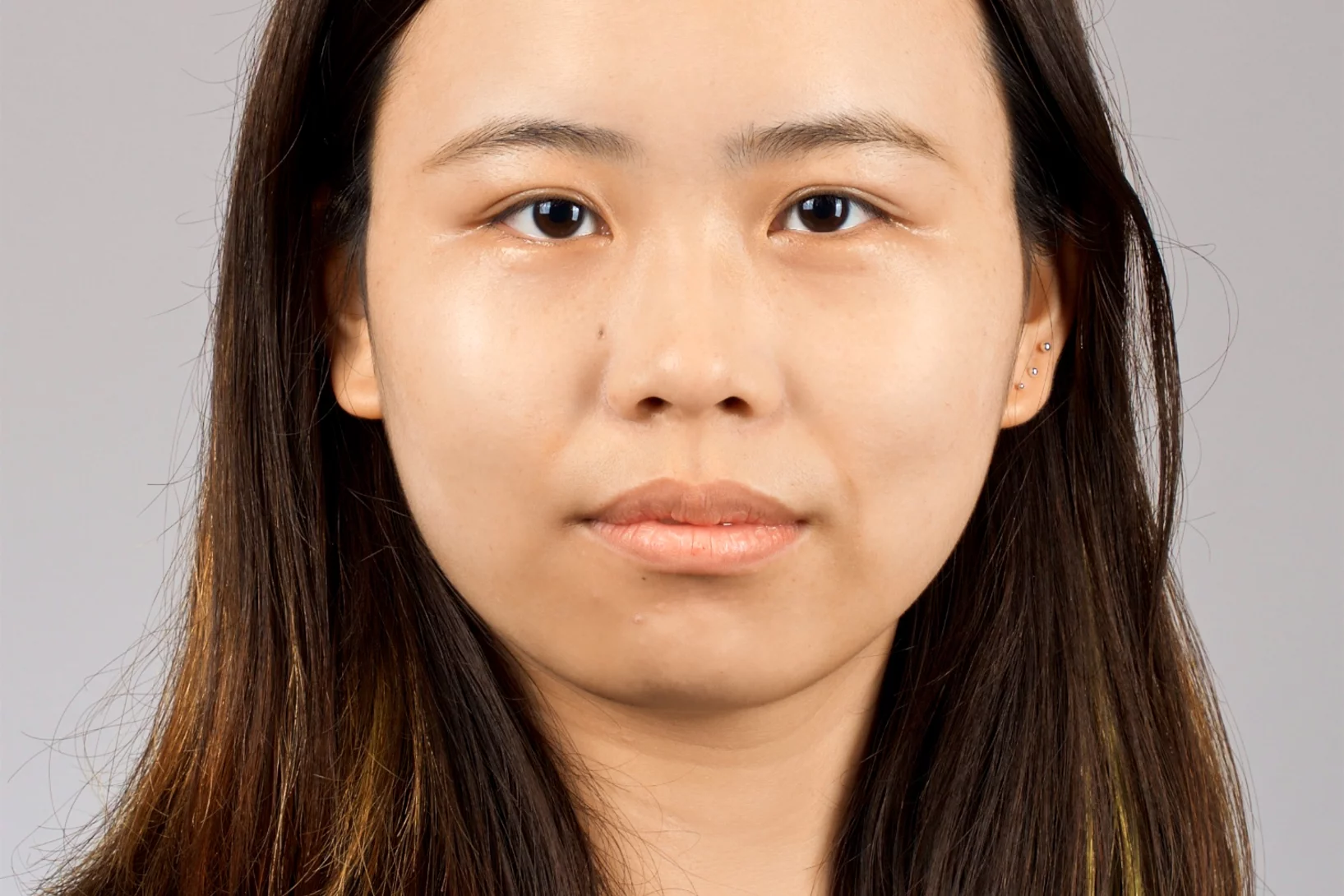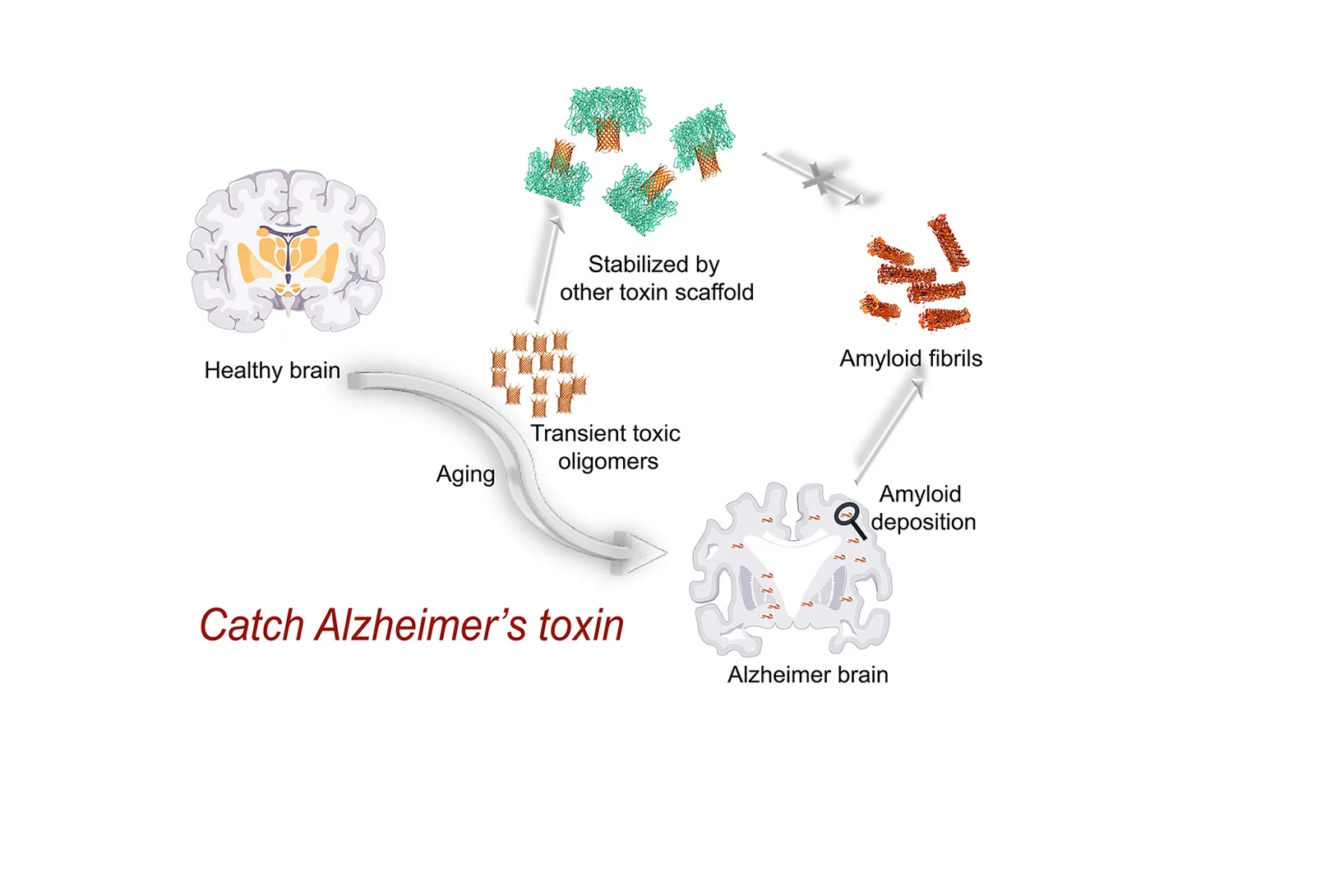Shifting away from nuclear energy, expanding solar and wind power, generating energy from biomass, reducing energy consumption. Switzerland is committed to becoming climate-neutral by 2050. An ambitious goal, which has become more urgent than ever due to the increasingly challenging geopolitical situation. How can a sustainable and resilient energy supply for Switzerland be established over the coming years? What's the optimal way to use renewable energy sources? What new technologies are especially promising? At PSI, researchers are seeking answers to these crucial questions.
Silver medal at the EuroSkills
Silver medal for Mario Liechti at the EuroSkills in Graz, Austria.
Ultrafast electron localization
This experiment performed at SwissFEL shows how fast we can localize electrons out of an electron gas into correlated, well localized states of a material. It is based on a combined ultrafast x-ray absorption and diffraction experiment on an intermetallic system.
X-ray microscopy with 1000 tomograms per second
A team at the Swiss Light Source SLS have set a new record using an imaging method called tomoscopy.
Topping out ceremony at Park Innovaare’s New Campus
Today, on September 24th, Switzerland Innovation Park Innovaare holds its topping out ceremony to celebrate the completion of its new Innovation Campus building together with more than 300 guests from science, industry and politics. The new research and development campus has a size of 38’000 m2 and consists of two 7-story-buildings which are connected by a large, temperature-stable and vibrationfree cleanroom.
NCCR-MARVEL Highlight 2021
First-ever rare earth nickelate single crystals lead to first experimental evidence supporting predicted multiferroicity
CHRISP — All the key results in one place
A specialSciPost volume, entitled “Review of Particle Physics at PSI”, has recently been completed.
Novel and emerging medical radionuclides
Better treatment for disseminated cancer.
The ICE MEMORY program
As an international initiative, ICE MEMORY aims at collecting heritage ice cores from the world’s key endangered glaciers to store them under safe conditions and international governance in Antarctica for future generations of scientists.
Unpaired Weyl Point observed for the first time in crystalline solid
Flows need sources and sinks. That’s why, in a new class of exotic materials called Weyl semimetals, the sources and sinks of Berry curvature – dubbed Weyl points – were believed to exist only in pairs. Now researchers at PSI have observed unpaired Weyl points for the first time in a crystalline solid. This discovery, which upends conventional thinking and the so-called Nielson-Niomiya no-go theorem, demonstrates the unique properties of "nodal wall" Weyl semimetals in comparison to conventional Weyl systems having only zero-dimensional Weyl nodes.
CHRISP — All the key results in one place
A specialSciPost volume, entitled “Review of Particle Physics at PSI”, has recently been completed.
Europameisterschaften in Österreich
PSI-Elektroniker Mario Liechti vertritt die Schweiz an den EuroSkills in Graz.
Swiss startup Award 2021: Araris ranks TOP 11!
Araris Biotech AG is a spin-off company from the Paul Scherrer Institute (PSI) and ETH Zurich pioneering a novel antibody-drug conjugate (ADC)-linker technology.
At the this year’s edition of the TOP 100 Swiss Startup Award, where Switzerland’s best startups are celebrated, Araris ranks TOP11! What a great success for Araris, after positions 13 in 2020 and 95 in 2019.
We congratulate Philipp Spycher (CEO) and his team for this great achievement!
Berufsschau 2021 in Wettingen
"Wir waren mit Freude dabei"
Vom 7. – 12. September 2021 fand in Wettingen im Tägi die Aargauische Berufsschau ab’21 statt. Das PSI war wieder mit einem Stand vertreten. Mit Freude stellten wir unsere Lehrstellen und das iLab vor.
«Price tags» of the Swiss energy transition
NZZ am Sonntag has picked up this highlight in its issue on March 7th, 2021: The highlight refers to the analysis performed in SCCER Joint Activity Scenarios and Modelling, where PSI-LEA performed the analysis of the energy transition pathways.
EXCITE Summer School at TOMCAT
In the framework of the 15th EXCITE Summer School in Biomedical Imaging which took place in Zürich on 6-17 September 2021, we were pleased to host 8 students at the beamline for a hands-on session. During this practical on “Synchrotron based X-ray tomographic microscopy”, the students had the chance to see and learn about the beamline infrastructure, scan a few test samples, reconstruct the tomographic volumes and discuss different aspects of tomographic microscopy at a synchrotron.
Challenge at the Energy Data Hackdays 2021
Chris Mutel, a scientist at PSI's Laboratory for Energy Systems Analysis who specialises in life cycle and sustainability analyses, prepared a challenge for the Energy Data Hackdays happening on the 24th and 25th of September 2021 in Brugg
Congratulations Mario!
Our PhD student Mario Veicht has recently contributed to the success of "EPFL Xplore's space rover, Argos" taking third place in this year’s European Rover Challenge, held in Poland on 10–12 September. The team also won best performance in both the science and probing tasks.
The X-ray optics design and fabrication team has a new member
The X-ray Tomography group welcomes Craig Lawley as Postdoc in the X-ray optics design and fabrication team. He will contribute to developing the microfabrication process of hard X-ray gratings in silicon substrates suitable for preclinical testing with pitch size in the micrometer range and aspect ratio higher than 100.
The mystery of the flexible shell
Why the shell of a marine animal is soft in water but hard in air.
"I wanted to do something concrete that I could be proud of"
Apprenticeship in the ETH Domain: PSI polymechanic Rohat Sihyürek tells.
Swiss Science Today (SCIENA)
Die Berufslehre – das verborgene Gesicht der Schweizer Forschung.
Lernende spielen eine wenig bekannte, aber wichtige Rolle in der Schweizer Wissenschaft. SCIENA wirft einen Blick auf junge Menschen, die in den Institutionen des ETH-Bereichs ausgebildet werden.
Hierarchical imaging and computational analysis of three-dimensional vascular network architecture in mouse brain
An international team involving researchers from the University and University Hospital Zürich, the Krembil Research Institute and the University and University Hospital in Toronto (Canada), the Department of Physics of Jyväskylä (Finland), the University of Leuven (Belgium), the Johannes Kepler University in Linz (Austria), the Novartis Institutes for Biomedical Research in Emeryville (USA), the ETH Zürich and the Paul Scherrer Institute has developed a protocol that enables hierarchical imaging and computational analysis of vascular networks in entire postnatal- and adult mouse brains, enabling direct and quantitative comparisons of the morphological brain vascular network architecture between different postnatal and / or adult developmental stages. The results have been published on Nature Protocols on September 3rd, 2021.
Watch them growing: New mechanistic insights into catalytic methane coupling
Methane valorization is a promising technology to utilize this platform compound to produce aromatics and hydrocarbons. Researchers from PSI and ETH Zürich unveiled this reaction mechanism and observed the molecular growth from the ground up. Besides stepwise CH3 addition, novel routes involving the dimerization of resonantly stabilized propargyl (C3H3) radicals to benzene (C6H6) were identified. These mechanistic insights will aid the development of valorisation strategies.
Welcome to Antoine Roose
We warmly welcome Antoine Roose as Postdoc in the Laboratory of Environmental Chemistry. He joined the Surface Chemistry group on 1 September 2021.
Where will the electricity come from in 2050?
Net-zero goal for CO2 emissions is technically achievable.
TOMCAT welcomes on board two scientists
The X-ray Tomography group welcomes on board Mariana Verezhak and Goran Lovric as members of the TOMCAT beamline crew. They will both contribute to the further development and realization of TOMCAT 2.0 (S- and I-TOMCAT branches on SLS2.0).
Exploring the practical benefits of exotic materials
Niels Schröter receives an award from the Swiss Physical Society (SPG).
First direct observation of the oxygen transport in polymer electrolyte water electrolysis
PSI researchers have developed a new methodology for studying the complex transport processes in polymer electrolyte water electrolysis (PEWE). Using advanced operando X-ray tomographic microscopy, we were able to observe for the first time the formation of oxygen pathways in the porous transport layer, in three dimensions. Understanding oxygen transport is crucial for improving PEWE technology and this work provides precious insights for the design of future, better-performing PEWE cells.
Welcome Man Guo
A new colleague, Ms. Man Guo, started on September 1, 2021 as a PhD student in the van Bokhoven group under Luca Artiglia's supervision and we would like to welcome her.
A strong commitment for science communication
PSI is engaging in public outreach at a major event in Zürich, the "Scientifica" Science Days September 4 and 5.

